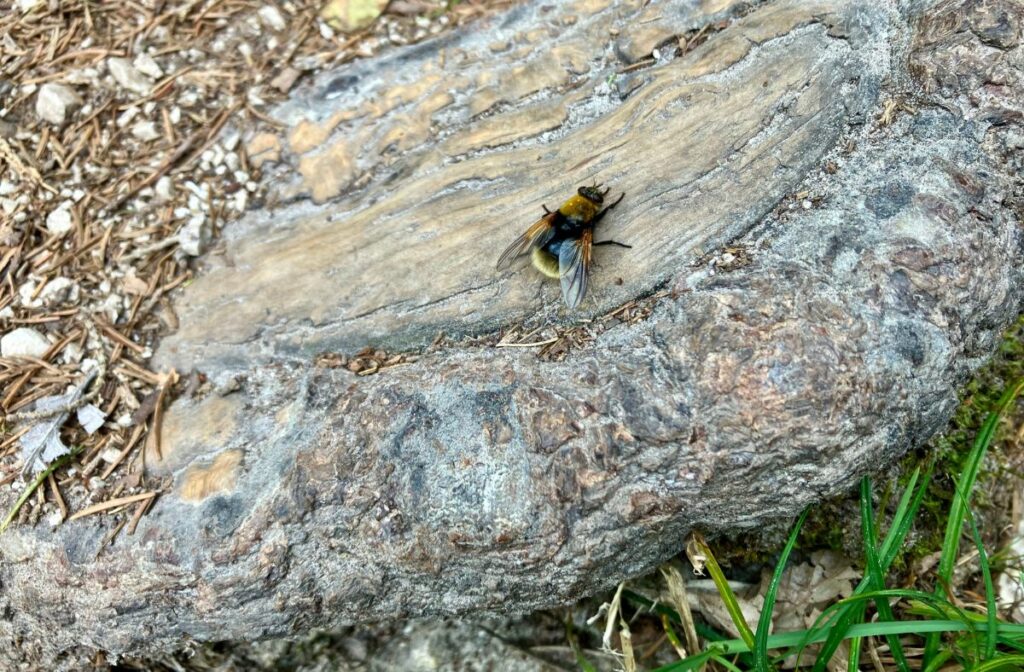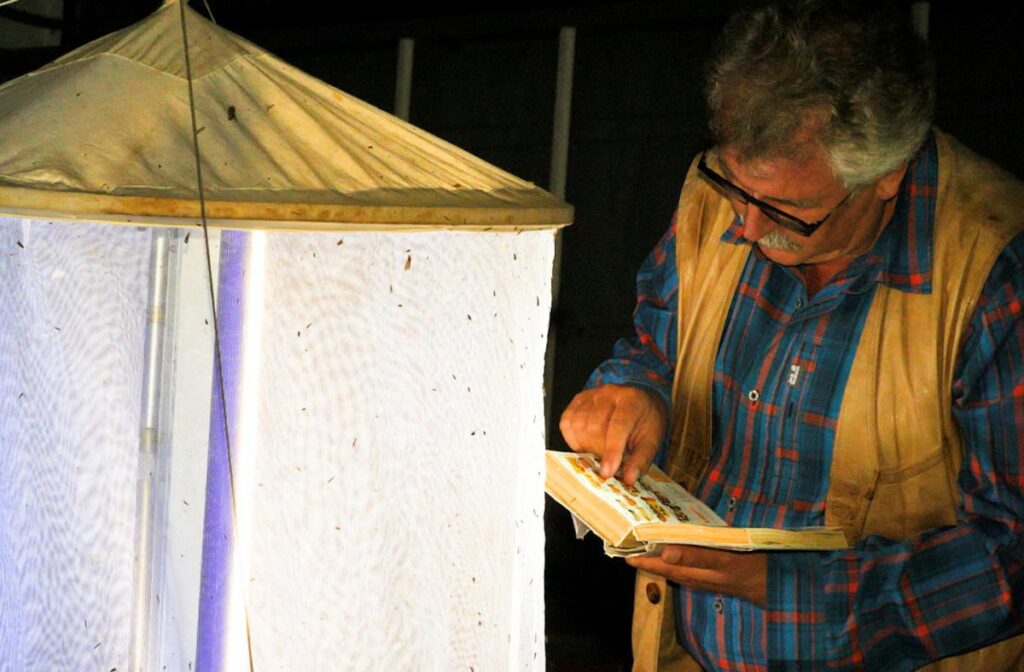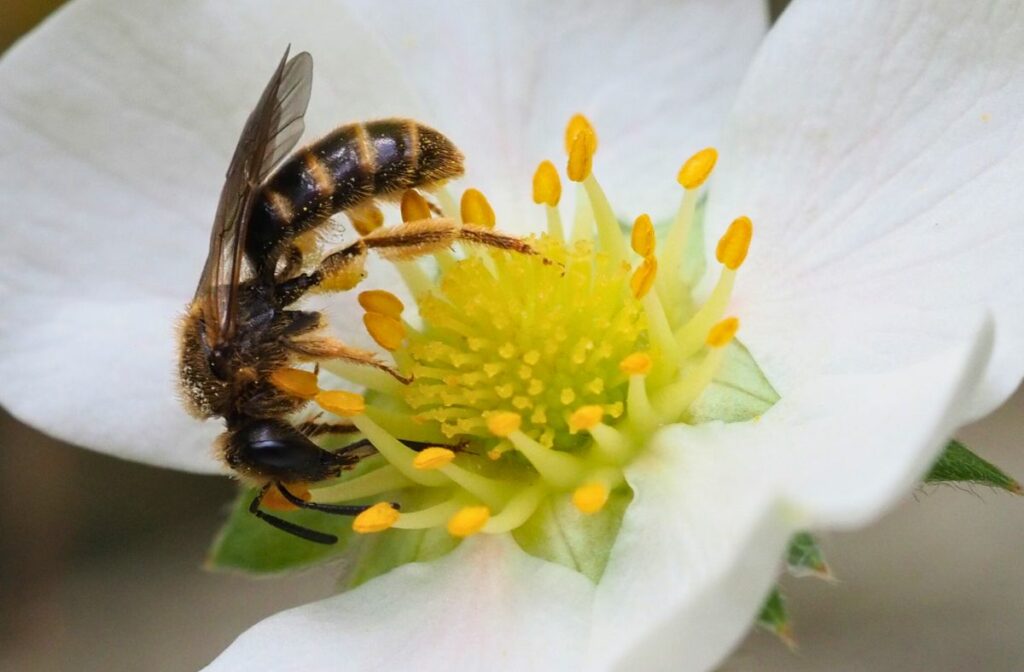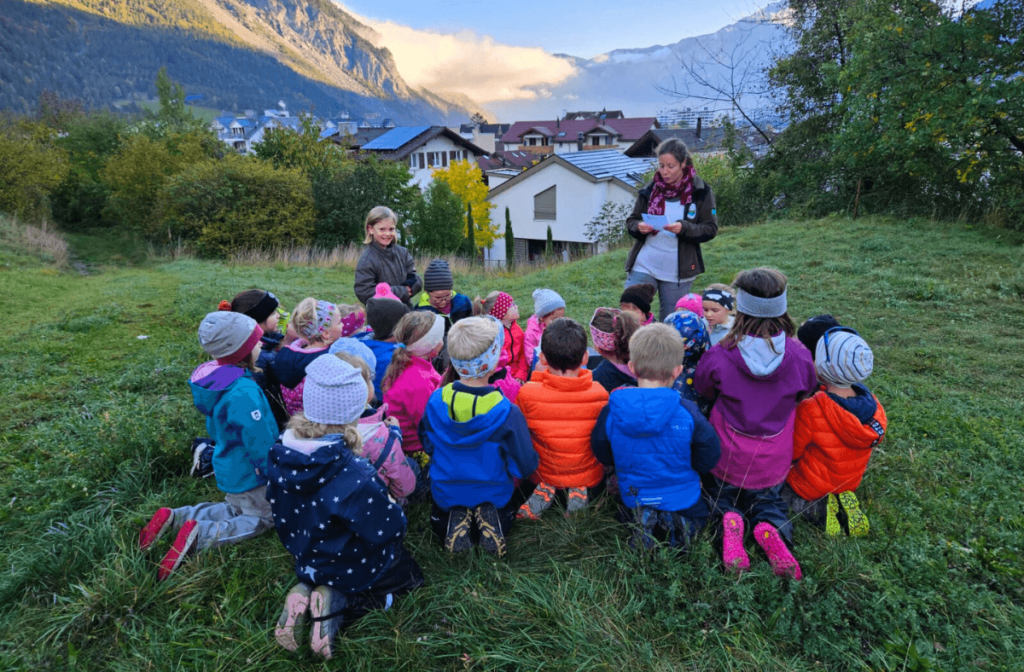It is one of the world’s first comprehensive surveys of the state of biodiversity on a national basis, carried out by around 150 scientists and recently presented for Germany: the Biodiversity Fact Check by the Research Initiative for the Conservation of Biodiversity (FEdA). As discouraging as its key results may be: it also shows how we can all do something to combat the loss of species and habitats.
10,000 species are at risk of extinction, 3 percent are extinct, 60 percent of habitats are in poor or inadequate condition: these are some of the sobering facts about biodiversity in Germany. We wanted to know more about the positive findings of the report: how worthwhile it is to do more for biodiversity. We spoke to university professor Nina Farwig about what this can be and how rangers can make an important contribution. The conservation ecologist and biodiversity researcher at the University of Marburg coordinated the Fact Check as co-chair and conducted research primarily in the area of “measures to protect biodiversity”.

“The compilation of studies within the Fact Check has highlighted the positive impact of biodiversity on essential ecosystem services such as pollination, carbon storage, climate change mitigation or human health. These positive effects can be easily communicated, as people can definitely connect with these individual ecosystem services.”
Prof. Dr. Nina Farwig, conservation ecologist at Marburg University ©Sascha Rösner
In your opinion, what are the most important results of the fact check?
We already know that biodiversity is declining at an alarming rate around the globe. However, the compilation of studies within the Fact Check has highlighted the positive impact of biodiversity on essential ecosystem services such as pollination, carbon storage, climate change mitigation or human health. These positive effects can be easily communicated, as people can definitely connect with these individual ecosystem services. Our fact check was informed by the World Biodiversity Council’s Nature Future Framework, which emphasizes that the case for protecting biodiversity extends beyond its intrinsic value. It also encompasses social, economic, and cultural dimensions. The economic aspect presents a significant opportunity for advocacy, as we see many leading companies harnessing biodiversity as a valuable resource. This trend serves as a beacon for how businesses can contribute to conservation efforts while reaping economic benefits.
Which are specific examples of how the population can be involved in protecting biodiversity?
In our quest to protect biodiversity, the most impactful actions often start right at home. Homeowners with gardens can make a significant difference by adopting simple practices: mowing less frequently, focusing on native plants, and creating diverse habitats. Beyond private spaces, our approach to public land management plays a crucial role. Forests, open fields, and water bodies benefit greatly from less intensive use. In urban areas, community gardens and thoughtfully designed green spaces can become havens for wildlife. Cemeteries often serve as excellent examples of biodiversity in public spaces.

By allowing leaves and dead wood to remain, these areas naturally support a wide range of organisms. It’s essential to recognize that biodiversity isn’t just about beetles or worms. It’s a complex network of organisms, each playing vital roles that ultimately support human health and well-being. While protecting biodiversity is crucial, we must also ensure people can make a living. Those who actively contribute to strengthening biodiversity and the common good should be financially rewarded for their efforts. By embracing these principles, we can create a strong foundation for community-wide biodiversity protection, ensuring a healthier environment for generations to come.
What are the encouraging facts of the Fact Check in view of the many crises and bad news regarding the state of nature?
We have identified effective measures for nearly every ecosystem that not only show potential for improvement but also deliver immediate benefits. For instance, in recent years, we have successfully restored 7,000 hectares of floodplain. This area is crucial not only for the diverse plant and animal communities that rely on it but also for flood protection, making it invaluable to local residents. Additionally, species-rich meadows are more resilient to drought, attract a greater variety of insects, and sequester more carbon. Similarly, mixed forests that incorporate deadwood have fewer logging tracks from heavy machinery, which enhances their ability to retain water. These initiatives highlight the dual benefits of ecological restoration: supporting biodiversity while providing vital services to communities.


So what is good for biodiversity is also good for people and their wallets. However, if you look at recent biodiversity policy at EU level, this doesn’t really seem to be getting through. How would you explain that?
Political measures often lack coherence across various sectors, and we must adopt a more integrated approach. For instance, the myriad influences on forests often obscure their vital role in mitigating climate change. While some wood utilization is necessary, importing timber from other countries is not a sustainable solution. Moreover, there are significant interdependencies between policies, such as agricultural, forestry, and nature conservation policies. These should not be pitted against one another; instead, we need to develop shared goals that promote multifunctionality for all stakeholders involved. Unfortunately, the current advocacy for biodiversity remains too weak, and both political and business planning typically focus on short-term outcomes. It’s crucial that we shift our perspective to prioritize long-term sustainability and collaborative strategies that benefit both nature and society.
“Rangers foster curiosity and facilitate small observations of the animal and plant world through guided tours. These experiences significantly enhance our understanding of biodiversity’s importance and help cultivate positive feelings towards it.”
How do you view the role of rangers and similar professions out in the field: are they the ones who can broaden the lobby for biodiversity among the population?
Creating a personal connection to biodiversity can be powerfully achieved through emotional engagement. There is a strong demand for junior ranger programs and schools located near protected areas, reflecting a growing interest in connecting with nature. Rangers serve as important community advocates, engaging not only with children but with people of all ages. By fostering curiosity and facilitating small observations of the animal and plant world through guided tours, these experiences significantly enhance our understanding of biodiversity’s importance and help cultivate positive feelings towards it. To drive meaningful social change, we must also envision the kind of natural world we want to inhabit in the future. Nature-related professions can play a crucial role in this vision, helping to bridge the gap between society and the environment while promoting sustainable practices.

In your opinion, what are the most urgent problems that we need to tackle now as a society?
We must take action at all levels, as every individual has the power to contribute – whether through their gardening practices, mobility choices, or consumption habits. At the same time, we must prioritize the implementation of globally agreed political goals and the restoration law at the European level, ensuring that we accelerate progress. Our Fact Check reveals that we often encounter delays in reaching our objectives. Additionally, when it comes to complying with habitat management requirements, comprehensive monitoring is frequently lacking, relying too heavily on voluntary efforts. It is essential that we cultivate the political will to elevate these efforts to a professional and systematic level. Moreover, we should leverage new technologies more effectively, particularly in agriculture, to reduce energy use, fertilizers, and pesticides, while enhancing productivity in a targeted manner. By embracing these approaches, we can create a more sustainable future for both our environment and society.

“Faktencheck Artenvielfalt” and the executive summary for decision making are free to download in German. Find the links on www.feda.bio/faktencheck

